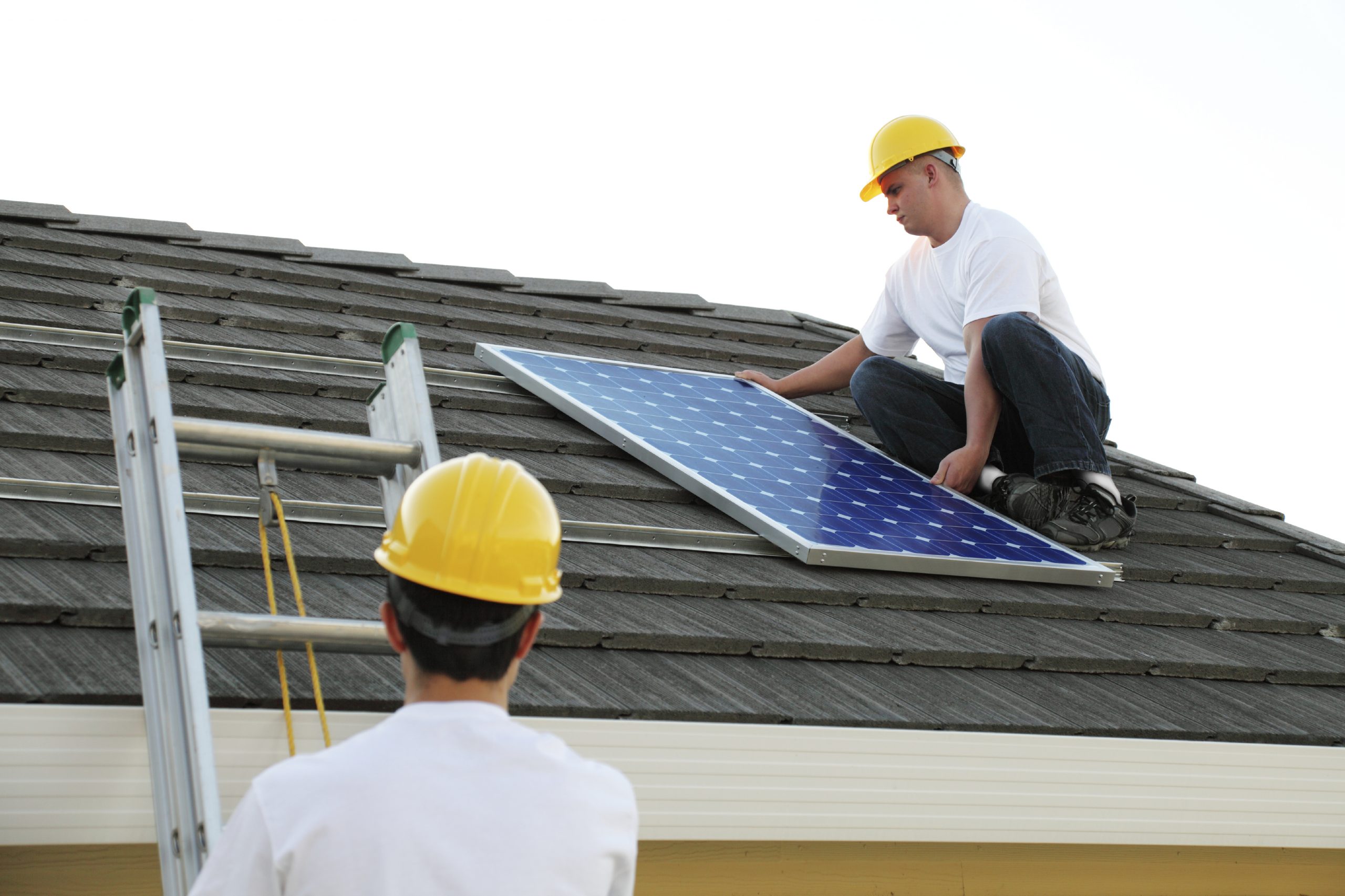ALBUQUERQUE, N.M. — Most U.S. rooftops in good repair can take the weight of solar photovoltaic (PV) systems. That’s the conclusion of a three-year study by a research team led by Sandia National Laboratories.

“There is a misperception in the building industry that existing residential rooftops lack the strength to carry the weight load of rooftop solar photovoltaic installations,” said Sandia structural engineer Steve Dwyer. “Most existing well-built wooden rooftops can support PV system loads.”
Sandia took on the job of analyzing rooftop structural strength to address concerns raised in the U.S. Department of Energy’s (DOE) Solar America Cities program. The agency named 25 cities to promote adoption of solar technology at a comprehensive, local level through photovoltaics.
At least one city reported the primary barrier to solar was the difficulty and cost of obtaining construction permits for rooftop solar installations because of structural issues. “I couldn’t believe it was a problem,” said Dwyer, who led the Sandia test team. “Solar PV systems represent little additional weight and roofs are very strong.”
He said many code officials aren’t familiar with solar technology and lack the training to evaluate how a solar PV system might affect roof structure. So they bring structural engineers into the permitting process, adding time and money for the system owner and the solar contractor. Often, they then deny engineering certification for solar PV installations on wood roofs, declaring the structures too weak.
Load-bearing capacity is several times higher
In two, first-of-their-kind studies funded by DOE’s SunShot Initiative — which seeks to make solar energy cost competitive with other energy sources by the end of the decade — and conducted in partnership with the University of New Mexico (UNM), Sandia stressed wood rooftop structures to the point of failure and compared the data with allowable loads identified in the International Residential Code and the National Design Standard.
They concluded the actual load-bearing capacity for residential rooftop structural systems is several times higher than the calculated values.
Sandia hopes engineers and permitting officials will use the results when they make decisions about rooftop strength and solar PV applications, increasing the number of safe, cost-effective rooftop solar PV installations.
“Safety is a crucial factor in building codes and must be considered when there is any change to a structure,” Dwyer said. “Understanding how weight loads affect the structural integrity of a roof is important to homeowners, code officials, solar installers and builders. These results provide a new tool and set of data for consideration in evaluating rooftops for solar PV installations.”
The roof acts as a whole
Dwyer said engineers doing rooftop structural analysis often calculate stresses on the basis of an individual beam, rafter or truss. That approach assumes each component of the structure acts alone. “It fails to consider the rooftop system as a whole or consider the load-sharing or load redistribution effects of a roof system,” he said. “The result is a conservative analysis that does not accurately represent the roof’s ability to support a PV installation. It’s not a fair assessment.”

And he said engineering evaluations are not universally applied across cities and states. “Some do them and some don’t,” he said. “Local governments pick and choose what they accept. Not everybody uses the same method, so it can be difficult for solar installers and residents to know what to expect. All these issues have posed serious challenges to the solar industry.”
Dwyer said the Sandia team realized building codes won’t change, so they tackled the problem by building some roofs, breaking them and showing the permitting community just how strong a roof is. Starting about three years ago, the team built different roof sizes in a UNM lab.
“We did a lot of testing,” Dwyer said. “First we wanted to be sure we were on the right track. We thought, ‘OK, the engineers are not giving credit for load sharing, so we tested a two-by-four, broke it in half, then nailed a piece of sheeting to it to see if it added strength. It did, 35 percent with nailing and 74 with gluing. We were on the right track.”
They built scaled versions of roofs in different lengths with five rafters or trusses 8 to 20 feet long and applied a uniform load over the whole thing. “We used air as the load,” Dwyer said. “We built bladders of different sizes and used them to put pressure on top of the roof by filling them with air at up to 144 pounds per square foot. We broke every size rafter and the more commonly used trusses, five sets of each.”
On average, the rafter-based tests demonstrated a 330 percent excess load-bearing capacity compared to values computed in the National Design Standard. “This suggests that current rooftop structural evaluations are overly conservative in evaluating the ability of roofs to support additional loading from solar PV installations,” Dwyer said. “A well-built home that meets local building standards and has not been adversely modified or damaged should have enough load-bearing capacity to support a roof-mounted PV system.”
Click here for more information on Sandia’s energy programs.